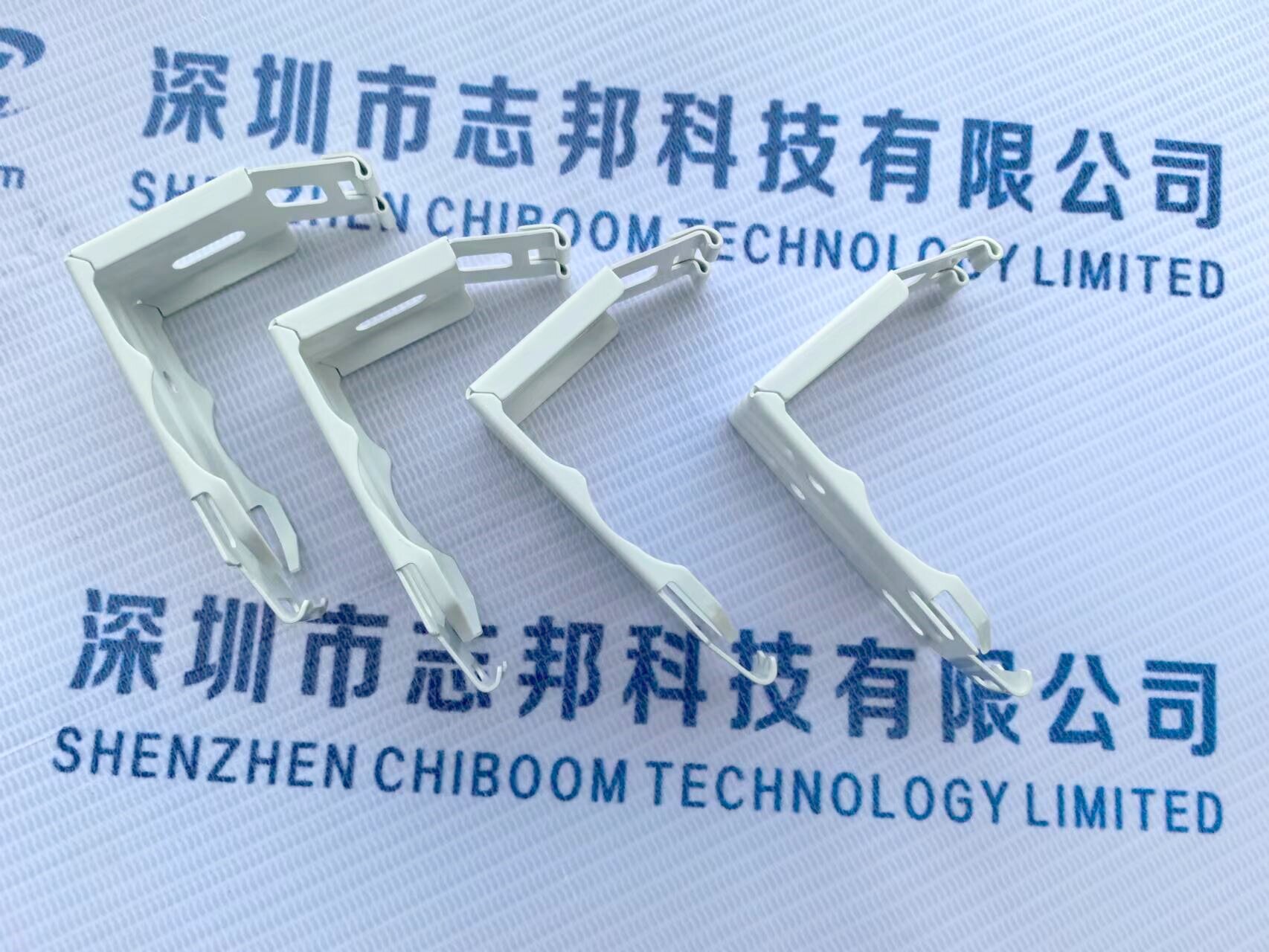What material is electrophoretic paint made of?
What material is electrophoretic paint made of
Electrophoretic Paint: A Deep Dive into Its Material Composition
Electrophoretic paint, also known as electrodeposition paint, plays a significant role in the modern industrial coating industry. It utilizes a unique electrophoretic coating process to form a coating layer on the surface of various products. This article will delve into the material composition of electrophoretic paint to provide a better understanding of its properties and applications.
I. Overview of Electrophoretic Paint
Electrophoretic paint, or electrodeposition paint, is a type of coating material that utilizes the electrophoretic process to deposit a layer of paint onto the surface of a workpiece. This process involves the use of an external electric field to direct the pigments and resin particles suspended in the electrophoretic solution to migrate and deposit onto one of the electrodes, which is typically the substrate. The resulting coating is uniform, dense, smooth, and flat, offering excellent corrosion resistance, abrasion resistance, and decorative properties.
II. Material Composition of Electrophoretic Paint
Resin: Resin is the primary component of electrophoretic paint, serving as the backbone of the coating layer. Commonly used resins include epoxy resin, acrylic resin, and polyamide resin. These resins possess excellent adhesion, mechanical properties, and chemical stability, providing the coating with superior corrosion resistance, abrasion resistance, and decorative properties.

Pigment: Pigment is another essential component of electrophoretic paint, responsible for providing the desired color and appearance of the coating. Different types of pigments can be selected based on the specific requirements, such as transparent or semi-transparent pigments for automotive coatings and opaque pigments for wood and furniture coatings. The choice of pigment not only affects the appearance of the coating but also its weather resistance, corrosion resistance, and other properties.
Additives: Additives are auxiliary components in electrophoretic paint that are used to improve the physical and chemical properties and coating characteristics of the coating. Common additives include thickeners, defoamers, antistatic agents, and so on. These additives can adjust the flowability and dispersibility of the coating, enabling the pigments and resins to disperse evenly and stably in the solvent.
Solvent: Solvent is the medium used in electrophoretic paint to dilute and mix the resin, pigment, and other components. Common solvents include water, alcohols, esters, and others. The choice of solvent has a significant impact on the properties of the coating, and therefore, it is essential to select the appropriate solvent based on the specific requirements and usage environment of the coating.
III. Applications of Electrophoretic Paint
Electrophoretic paint, with its excellent properties and unique coating process, has found wide applications in various industries such as automotive, construction materials, hardware, and home appliances. For example, in the automotive industry, electrophoretic paint is widely used for corrosion protection and decorative coating of car bodies. In the construction materials industry, it is applied to metal doors and windows, aluminum profiles, and other products for surface coating. In the hardware and home appliances industries, electrophoretic paint enhances the appearance quality and corrosion resistance of products.
IV. Conclusion
Electrophoretic paint, as a unique coating material, plays an important role in the modern industrial coating industry. Its material composition mainly includes resin, pigment, additives, and solvent. The selection and proportioning of these components directly affect the properties and appearance of the coating. By gaining a deeper understanding of the material composition and performance characteristics of electrophoretic paint, we can make better choices and applications, providing superior corrosion resistance, abrasion resistance, and decorative coatings for various products.





 WeChat
WeChat